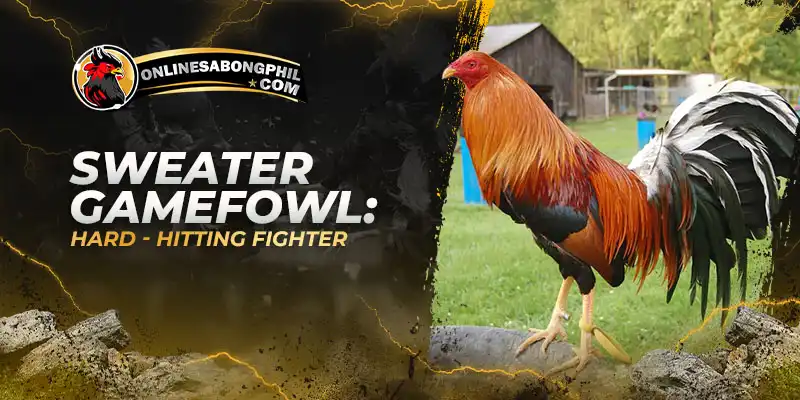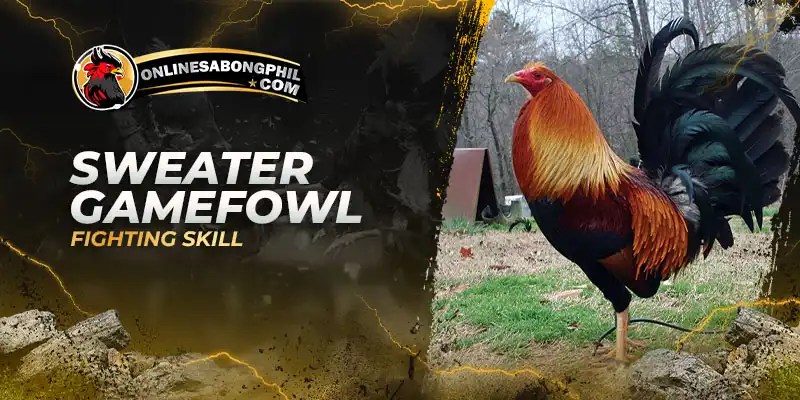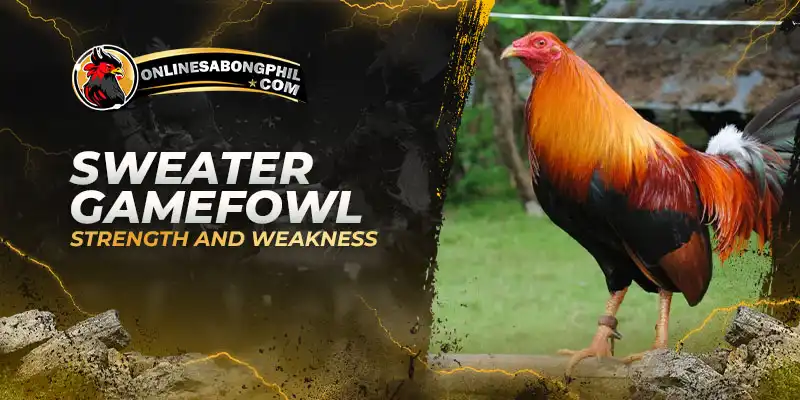Sweater gamefowl are a popular breed of fighting roosters known for their exceptional fighting abilities, tenacity, and distinctive appearance. The Sweater breed has a rich history, originating from a cross between a Yellow Legged Hatch cock and a Kelso hen. This initial cross was then further refined using out-and-out Kelso hens. The name “Sweater” is a nod to the Sweater McGinnis Hatch cock that played a key role in the creation of the line.
The Bloodline History
The Sweater gamefowl bloodline emerged in the mid-20th century, primarily developed by Carol Nesmith. Its origins lie in a cross between a Yellow Legged Hatch cock (with ties to the Harold Brown McLean Hatch line) and Kelso hens. Cecil Davis refined this initial cross, solidifying the breed’s core traits. Figures like Sweater McGinnis (the breed’s namesake), Ira Parks, Johnny Jumper, and Sissel were crucial in the early development and spread of Sweaters.
Roy Brady further popularized a distinct Sweater line. Over time, variations arose due to breeder preferences and bloodline infusions. Examples include the foundational McGinnis Sweater, the speed-focused Leipper Sweater, the Roundhead Sweater (used in crosses), and Sonny Ware’s Radio Sweater with its pumpkin coloration. It’s important to note the ethical concerns and legal restrictions surrounding cockfighting when discussing the history of these bloodlines.
Sweater Gamefowl Fighting Skill
Sweater gamefowl are famous in cockfighting circles for their aggressive and powerful fighting style. Here’s a breakdown of their key fighting skills:
- Hard-hitting Power: Sweaters are known for their ability to deliver devastating blows that can quickly overwhelm opponents.
- Speed and Agility: They possess remarkable speed and agility, allowing them to dodge attacks and rapidly counter with their own strikes.
- Cutting Ability: Sweaters are renowned for their sharp cutting ability. Their strikes can inflict deep wounds, quickly disabling their opponents.
- Aerial Combat: Sweaters excel in the air, launching themselves for powerful aerial attacks and evading ground-based strikes.
- Fearlessness and Tenacity: They possess a relentless fighting spirit, never giving up until the fight is won or lost.
These traits combine to make Sweater Gamefowl formidable opponents in the pit. However, remember that cockfighting is a cruel and illegal practice in many places. It’s harmful to the animals involved.
Sweater Gamefowl Characteristics
While Sweater gamefowl share core characteristics, variations exist across different bloodlines. Here are the attributes of Sweater.
Physical Characteristics
- Coloration: Typically orange-red to light red, pumpkin variations exist (especially in lines with Radio blood).
- Legs: Predominantly yellow.
- Comb: Characteristic pea comb.
- Build: Athletic, muscular with a medium station (height).
- Eyes: Often dark, though variations in eye color exist.
- Feathering: Close and tight, aiding in agility.
Behavioral Characteristics
- Intelligence: Sweaters can be quick learners and adaptable in the fighting pit, adjusting their strategies to counter their opponent’s style.
- Focus: They exhibit a focused determination during combat and are not easily distracted by external factors.
- High Energy: Even outside of the pit, Sweaters tend to have an active and energetic temperament.
Sweater hens are often valued as excellent brood hens, and they are known for their attentiveness and protective instincts with their chicks.
Sweater Gamefowl Strength and Weakness
The Sweater gamefowl breed is highly prized in cockfighting circles for its aggressive style and powerful strikes. However, like any breed, Sweaters possess both strengths and weaknesses that can influence their performance in the pit.
Strengths
- Power: Sweaters pack a serious punch, capable of delivering blows that can quickly overwhelm and damage their opponents.
- Cutting Ability: Their strikes are sharp and precise, and they are able to inflict deep cuts that can debilitate their rivals.
- Agility: Their speed and agility allow them to evade attacks and launch swift counter-strikes.
- Aerial Combat: Sweaters are adept at aerial maneuvers, giving them an advantage in both attacking and defensive situations.
- Gameness: Their unwavering determination and fighting spirit make them formidable opponents who won’t easily back down.
Weaknesses
- Defense: While powerful offensively, some Sweater lines can be less focused on defensive techniques, potentially making them vulnerable to skilled counter-fighters.
- Susceptibility to Shuffling: Certain Sweater bloodlines may be more prone to shuffling (a defensive movement where they shift their feet rapidly), making them less effective against opponents who exploit this.
- Stamina Variation: Not all Sweater lines possess exceptional stamina, which could be a disadvantage in longer, more drawn-out fights.
Sweater Gamefowl Average Lifespan
The average lifespan of Sweater gamefowl typically ranges from 5 to 8 years. It is important to note that the lifespan of gamefowl can vary depending on factors such as genetics, care, and living conditions.
Factors that Affect the Lifespan of Sweater Gamefowl
Several factors can influence the lifespan of a Sweater gamefowl. These factors include genetics, care, living conditions, nutrition, health monitoring, and exercise. Providing good housing, proper nutrition, and attention to ensure their good health and well-being can contribute to a longer lifespan for Sweater gamefowl. Additionally, monitoring their health regularly, keeping their living area clean, and providing them with outdoor access for exercise and foraging can also play a role in determining their lifespan.
Conclusion
The Sweater gamefowl stands as a testament to the power of selective breeding. Their renowned aggression, speed, cutting precision, and aerial prowess demonstrate the culmination of generations focused on refining fighting ability. Understanding the development of the Sweater breed offers insight into the strategies and preferences of breeders who have shaped these formidable birds for the cockfighting pit.
Visit us at Onlinesabongphil.com for more guides and tips!



